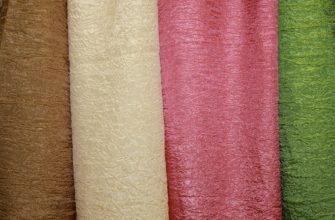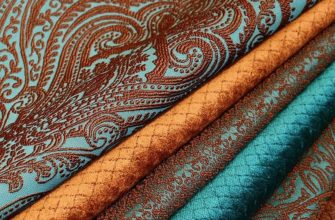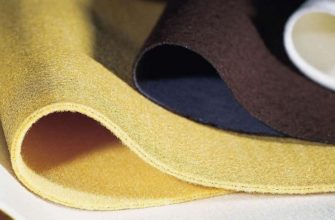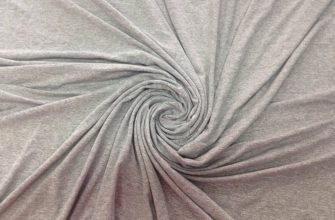What is tisi fabric and why is it so popular with manufacturers of clothing for doctors and chefs? It is an inexpensive mixed material made from natural cotton and synthetics. It has absorbed the advantages of both components and has virtually no disadvantages.
What is tisi fabric
Tisi fabric (TS fabric or TiSi, sometimes sisu) is a mixed material containing cotton and polyester or cotton-polyester. The name comes from the English "Tetron-Cotton": the first word means a mixture of viscose and polyester, the second - cotton.
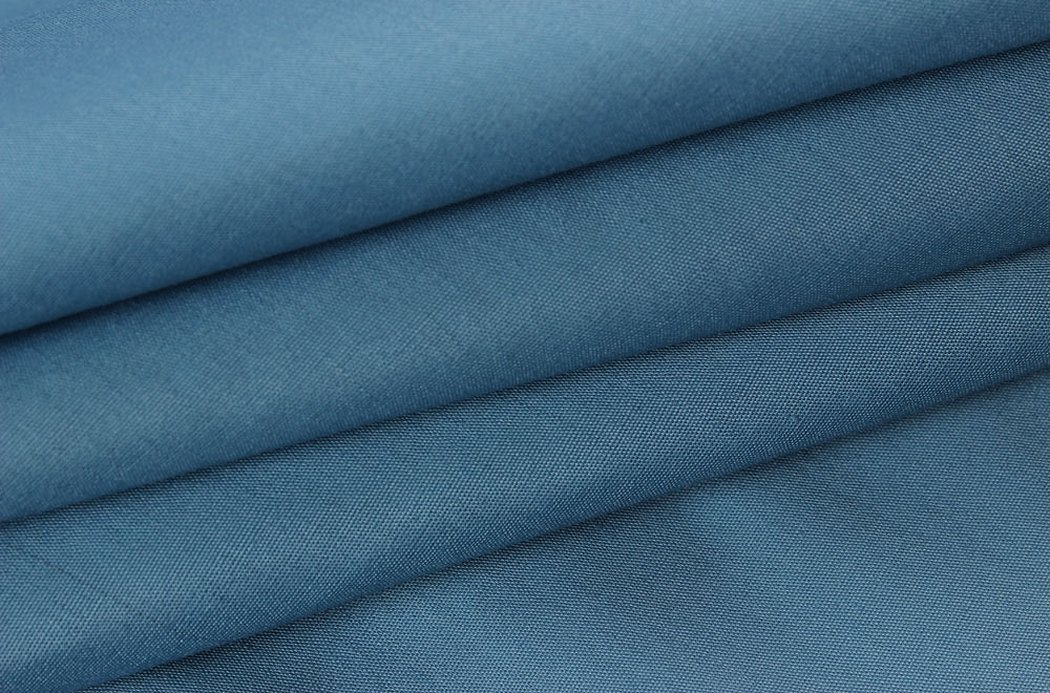
The necessity of producing such a “mixture” lies in the imperfection of its components:
- Natural cotton is environmentally friendly, hygienic and pleasant to wear, but has many disadvantages: it wrinkles and tears easily, is less durable and short-lived, which is unacceptable for a medical worker or a cook. In addition, the production of natural material is expensive, which increases the price of the final product.
- Synthetic fabrics hold their shape well, are durable and tear less often, their production is much cheaper, but 100% synthetics are unpleasant to wear, especially often. They are also less hygienic, since the body does not "breathe".
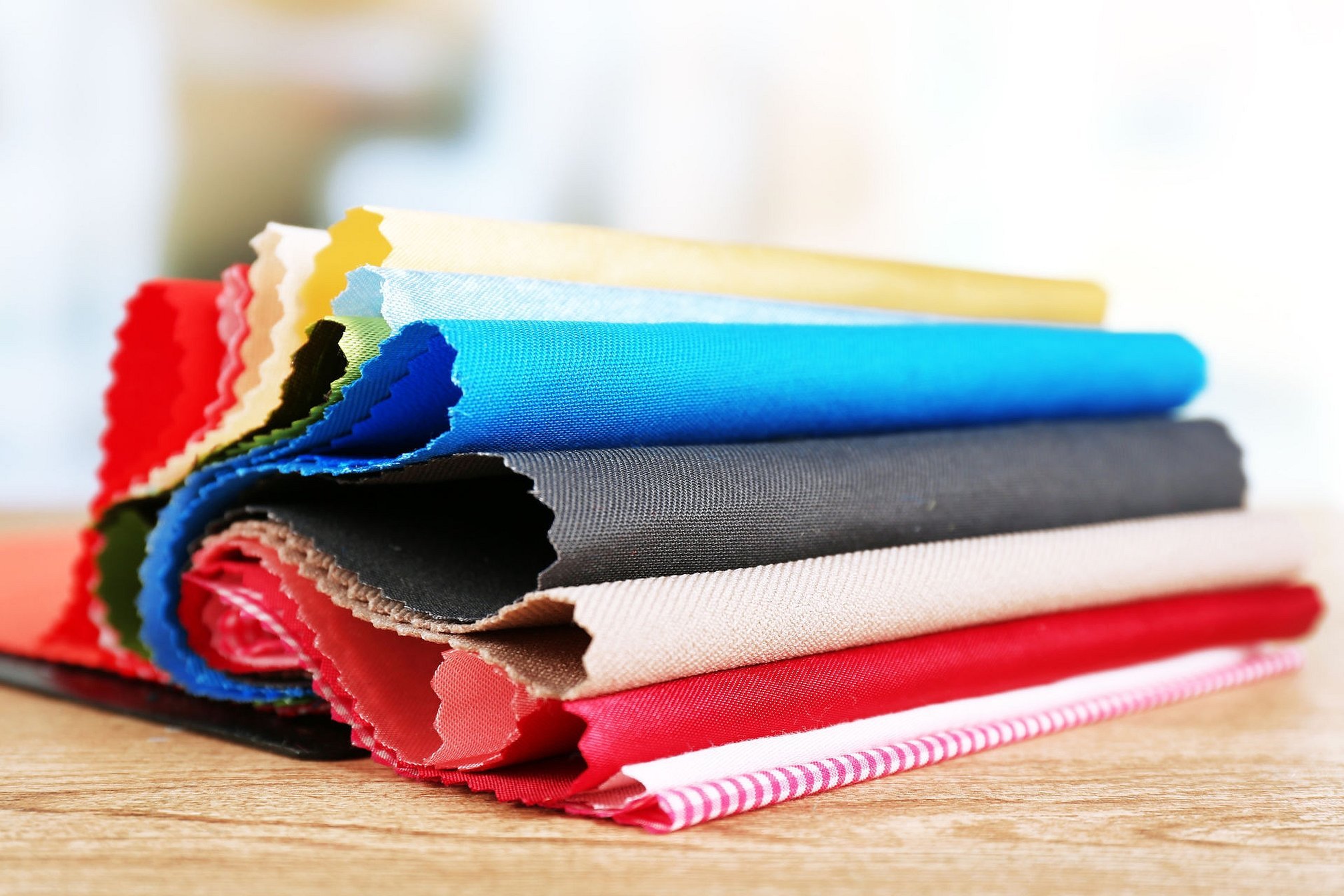
Blended fabric has made it possible to solve these problems and combine the best aspects of both materials.
Composition and production technology
Sisu fabric, described above, is a mixture of natural and artificial raw materials. The optimal ratio of materials in sisu is considered to be 35% cotton and 65% polyester, but manufacturers often try to make the fabric cheaper by “shifting” the proportions. A ratio of 20% cotton to 70% polyester is often encountered.
If necessary, the fabric is additionally treated with water-repellent impregnations so that it better resists dirt and specific liquids (for example, blood and other organics).
The material is woven using a plain weave. The surface is rough, with a clearly visible weave. When using a twill weave, a fabric with a diagonal rib is obtained.
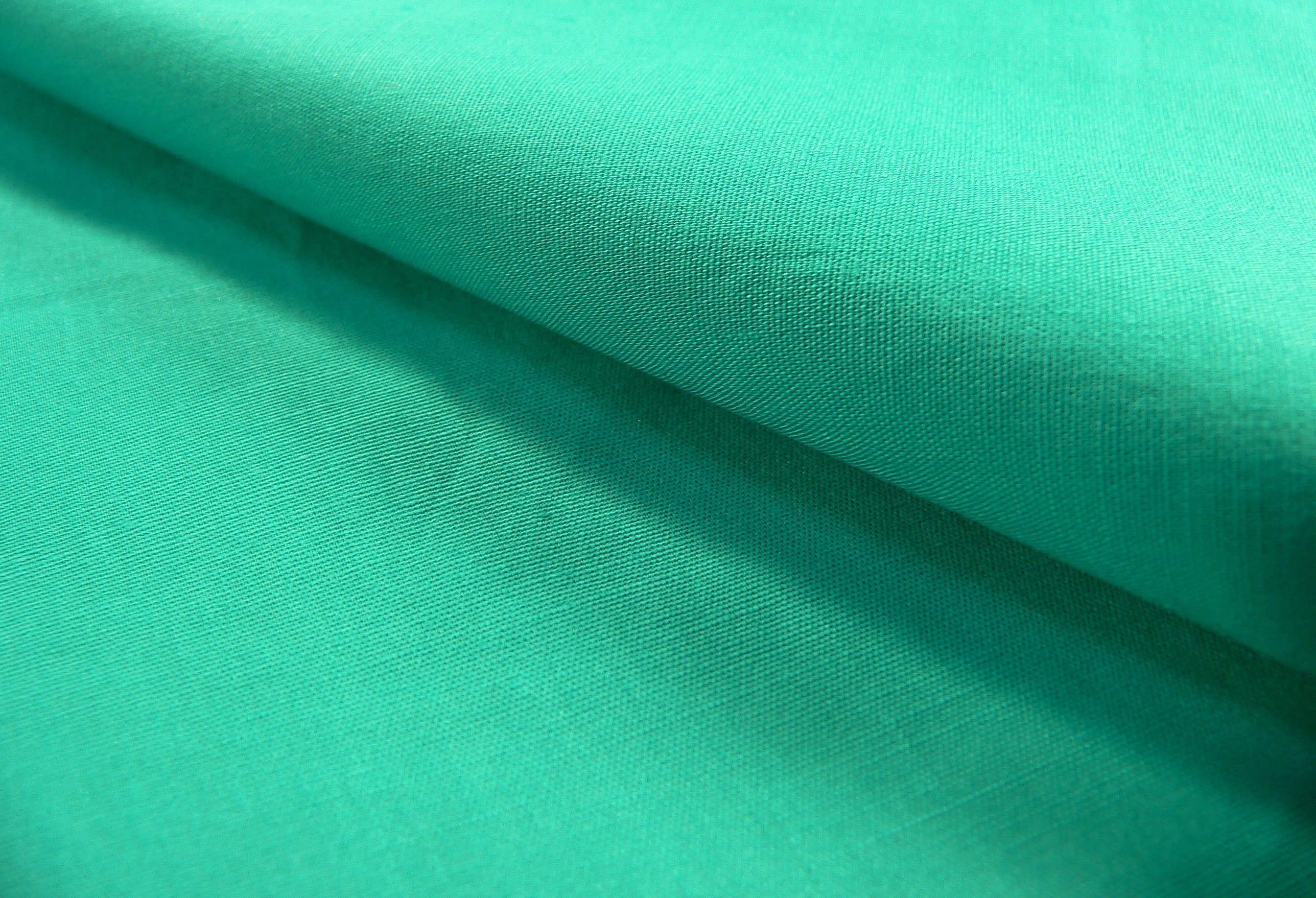
Description of characteristics and properties
Thanks to the combination of natural and artificial materials, tisi fabric has the advantages of both. The advantages include:
- Durability and longevity: clothing made from tisi will last much longer and withstand greater loads than 100% cotton;
- Lightness and breathability: the items are comfortable to walk and work in;
- Stable shape (does not deform over time, does not shrink), low elasticity, does not wrinkle, no pilling or snags: the uniform will not wrinkle during work, will retain a neat appearance under any load;
- No electrification or unpleasant sensations when in contact with the skin;
- Hygienic, dustproof and resistant to various types of dirt: the fabric is easy to wash and clean even from difficult stains, such as blood. This is because the impregnations do not allow dirt to penetrate too deeply into the fibers, and they are easily removed from the surface;
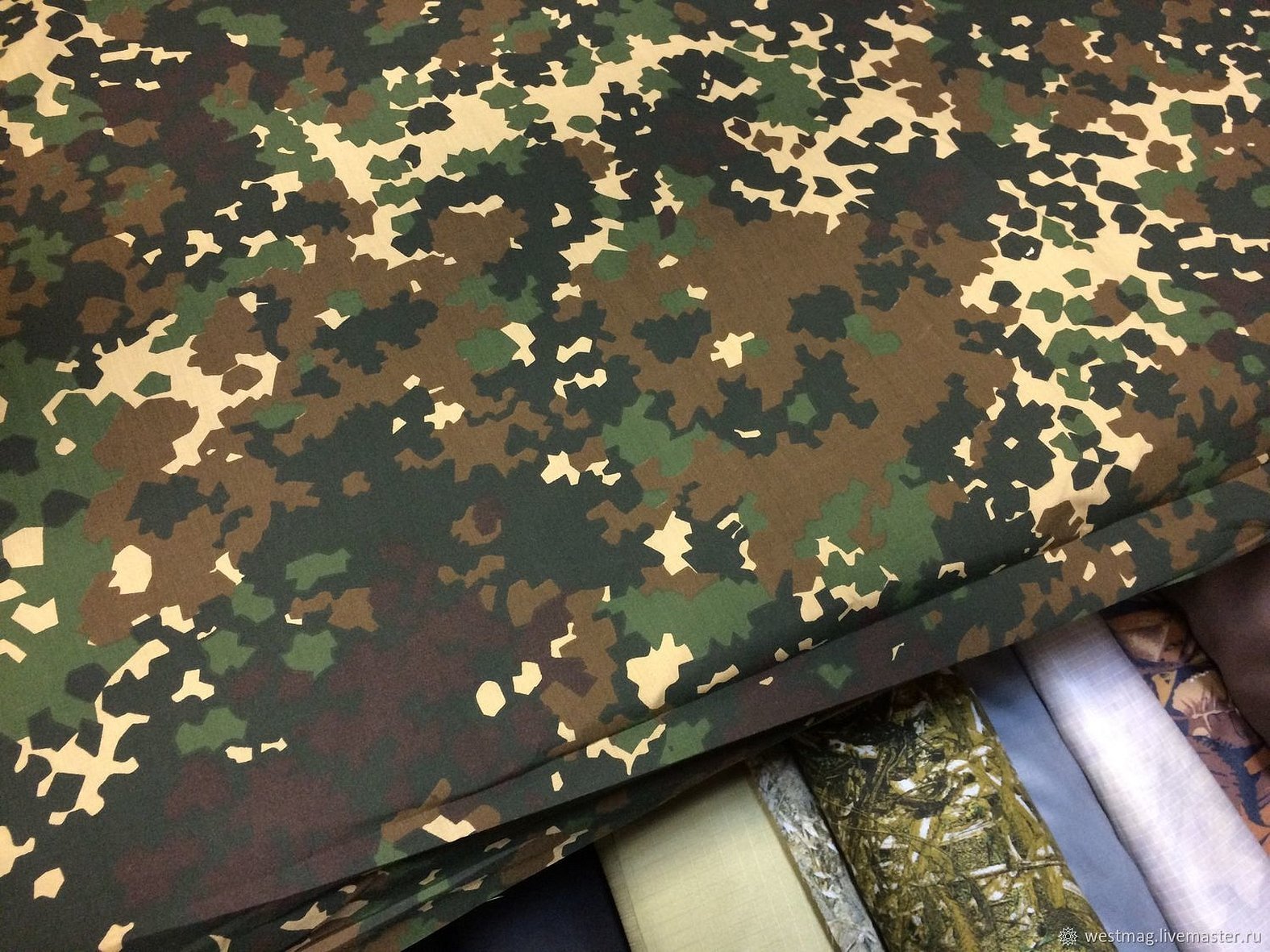
- Resistance to high temperatures and frequent washing: the fabric also tolerates frequent strong treatment (for example, boiling) well;
- A variety of bright colours, the ability to add your own pattern or logo: a company can create its own uniform;
- Quick drying and easy washing: the material is not demanding;
- Affordable price.
All these advantages allowed special clothing made of tisi to show its best performance when worn at work with “increased loads”. Today, a significant part of the uniform is sewn from it.
It has fabric and minor disadvantages:
- Due to the high synthetic content, it can be uncomfortable to be in all the time;
- Due to high thermal conductivity, clothes will not warm;
- Due to its low elasticity, it can only be used to sew loose-fitting, shirt-type clothing.
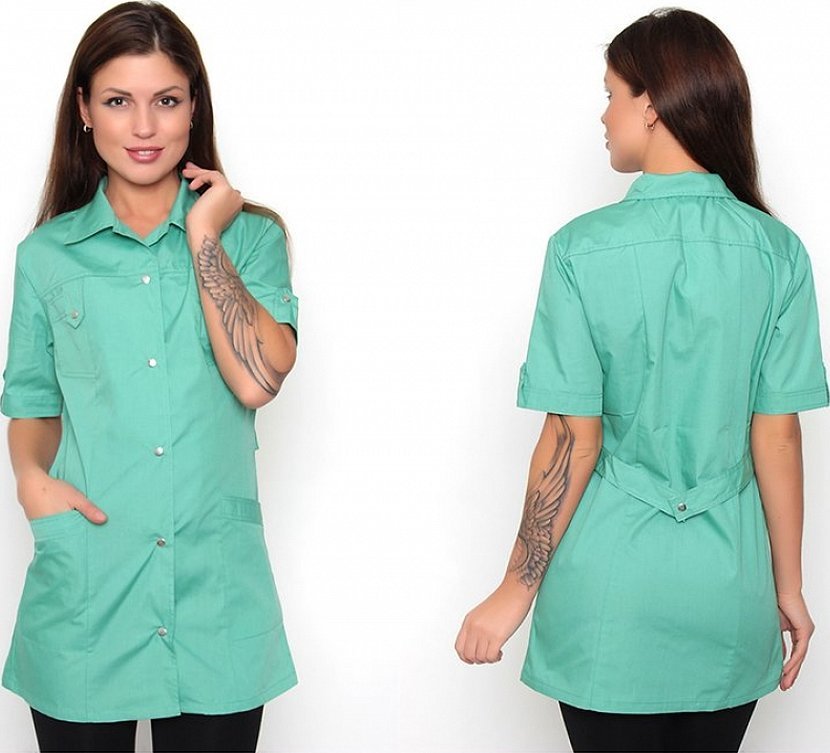
Existing varieties
Today, the fabric is produced with various compositions and with a density of 110-240 grams per cubic meter. The most widespread material is one with a density of 110-120 g/cu. m.
Important! The composition is encrypted on the label: for example, “T/C80/20/120” means “Tisi, 80% polyester, 20% cotton, 120 g/m3 density.”
There are several types of tisi. They are used to create different clothes with specific properties:
- Sonata: made of high quality cotton and polyester, comes with a quality certificate.
- Shirt Lux 120: has a density of 120 grams per square meter. It has a plain weave and water-repellent impregnation. It is used to sew uniforms for medical personnel and employees working in the food industry, it can also be used to make linings for jackets and coats, and inner pockets;
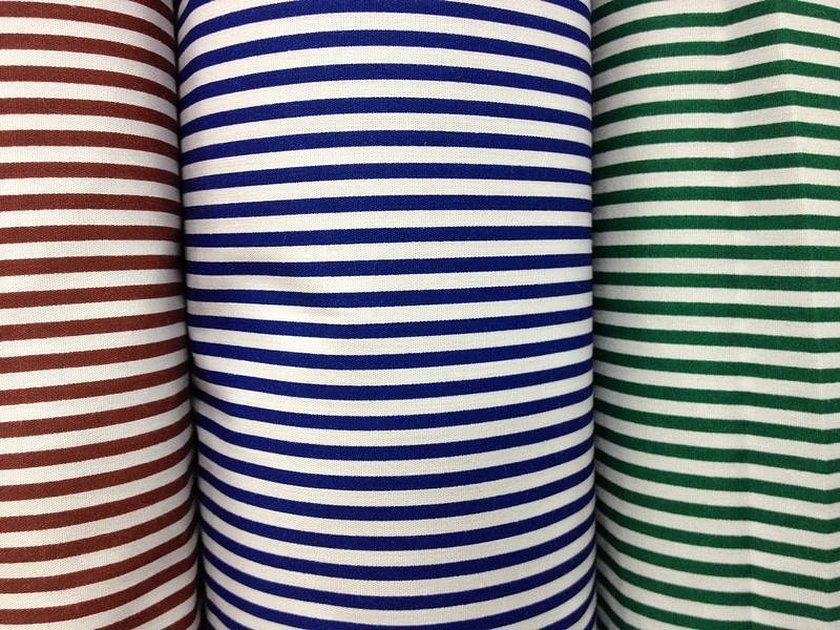
- Shirt Lux 150: has the same properties as the previous type, but is thinner and cheaper, belongs to the “economy” class;
- Food: consists of 20% cotton and 80% polyester, impregnated with a water-repellent agent. Used in the production of outerwear (coats and jackets), uniforms for law enforcement agencies and security guards.
When sewing, tisi is often combined with other types of fabric: elastic inserts, polyester mesh.
Scope of application
Tisi fabric is mainly used for sewing corporate, military or medical clothing. This is due to the characteristics of the material: its inelasticity (due to which only loose, straight-cut clothing can be sewn), hygiene and breathability (it can be used in areas where sterility is important), durability (the material can withstand a large number of washes and stronger treatments, such as boiling and sanitization). The fabric owes its popularity to its low price: sewing uniforms from it is profitable.
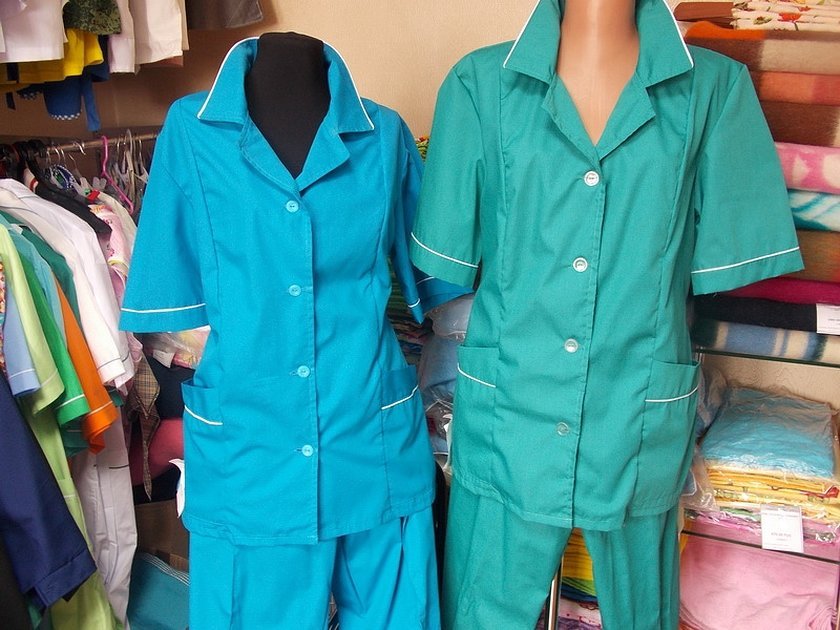
Important! Tisi is easy to paint and can be customized with a company logo.
Shirt fabric tisi is used in the following industries:
- In medical institutions and scientific laboratories;
- In cafes, restaurants and other food service establishments, in the food industry, for example, in bakeries;
- In cleaning companies;
- In hotels, inns, hostels;
- In advertising campaigns and promotions.
Tisi is also used to sew military and firefighter uniforms, and is used to make waterproof lining for warm work clothes for fishermen and hunters.
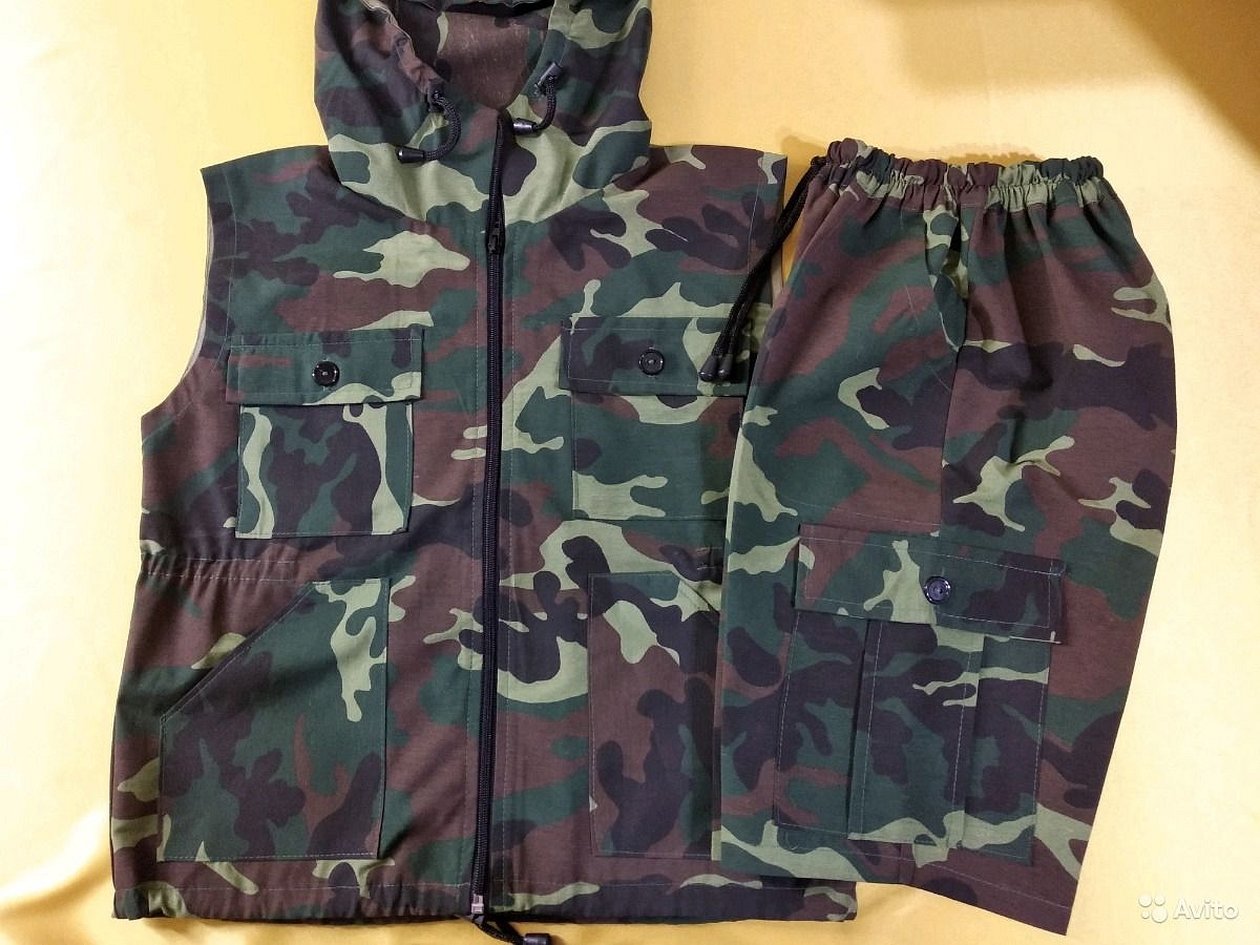
How to care for this textile
The main difference of tisi fabric is that it is undemanding in care:
- You can wash things by hand or in a washing machine in the "Synthetic fabric" mode. It is important that the temperature is not higher than +40 degrees. Any washing powder will do, but it is not recommended to use bleach, especially with chlorine, unless it is a white item.
Important! Clothing intended for medical workers and people working with food undergoes special treatment at the fabric production stage; it can be boiled and treated.
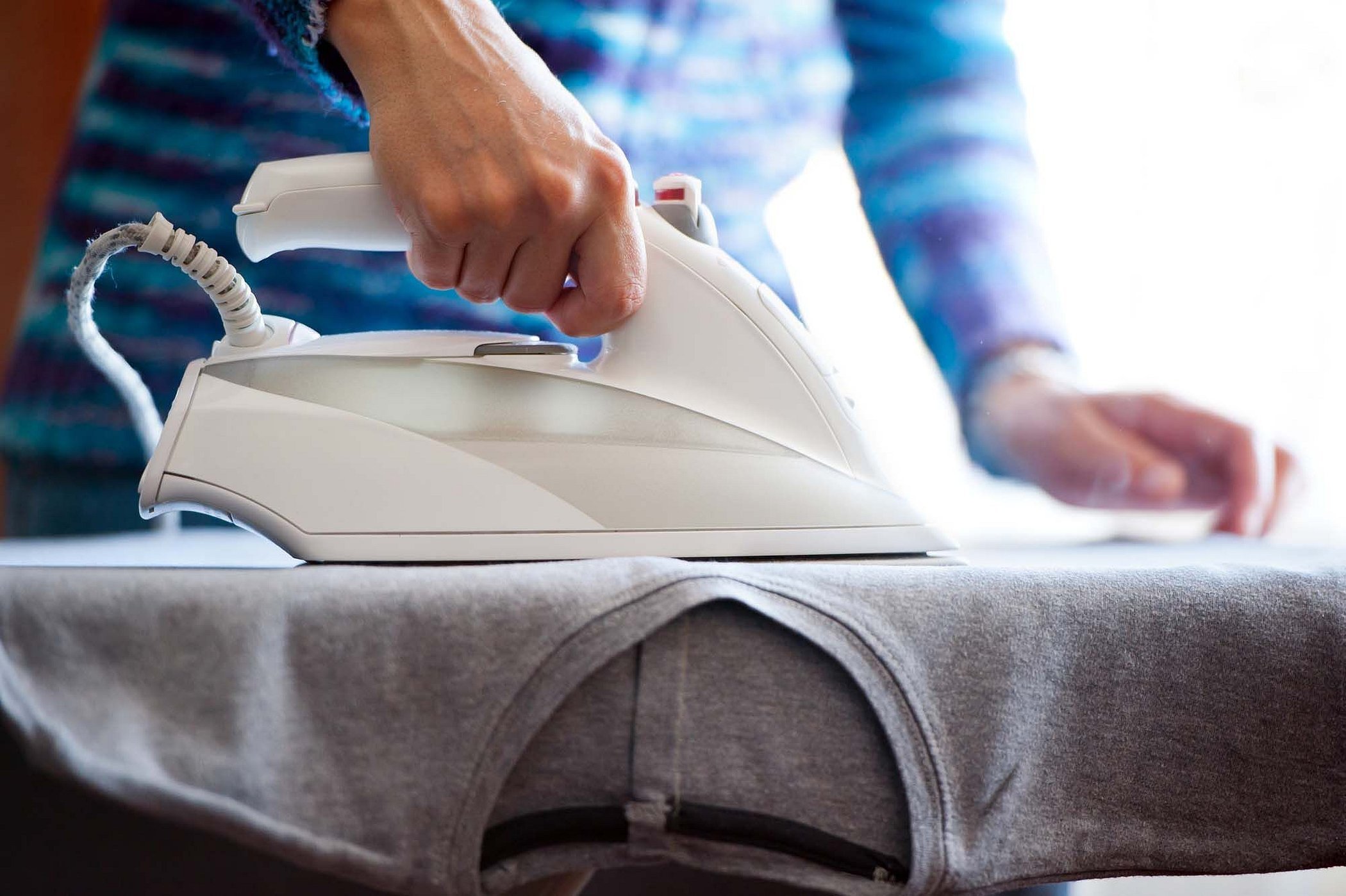
- There are no drying requirements, but if you wish, you should straighten the item beforehand, before it dries, to make it easier to iron.
- You can iron tissi in the "synthetics" mode from the inside. If the garment has an applique emblem, it can only be ironed from the inside.
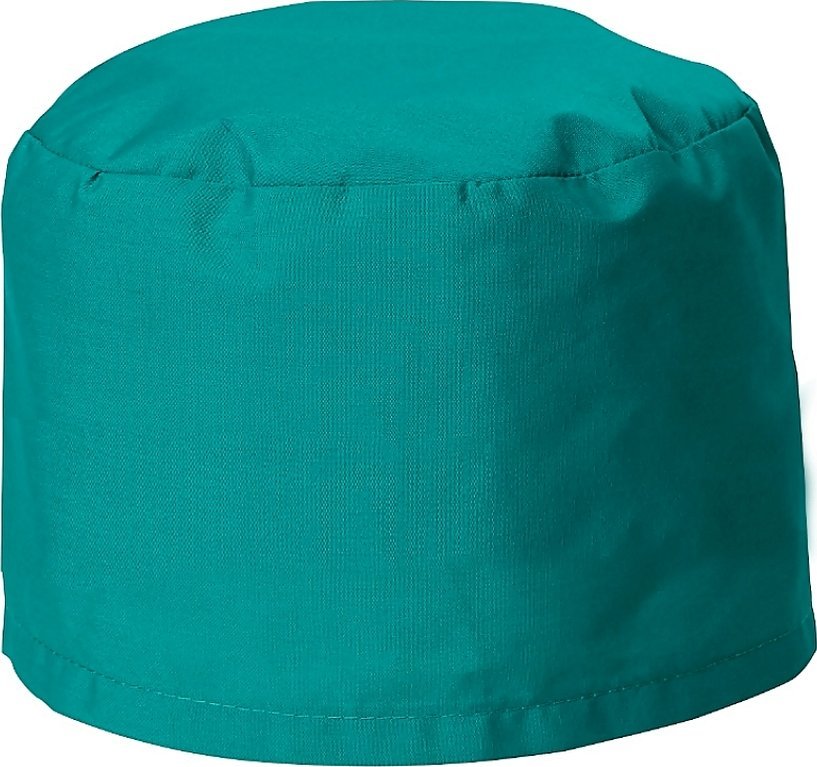
Otherwise, there are no problems with the fabric.
TiSi fabric is a blended material made of cotton and polyester. Due to the optimal combination of natural and synthetic parts, tisi is used in sewing workwear and uniforms for medical personnel, workers in the food industry and the service sector.

